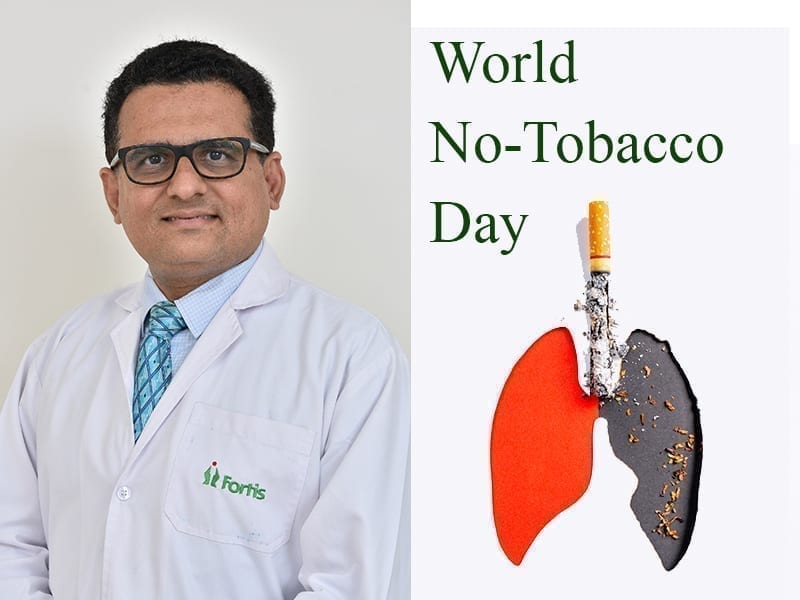On World No-Tobacco Day 2020, we discuss the deathly grip of this vice over Indians. Dr Prashant Chhajed, HOD-Respiratory Medicine at Hiranandani Hospital, Vashi and Fortis Hospital, Mulund talks about the ill-effects of tobacco, especially on women.
1. How does tobacco affect your overall health & how long does it take for its effects to appear?
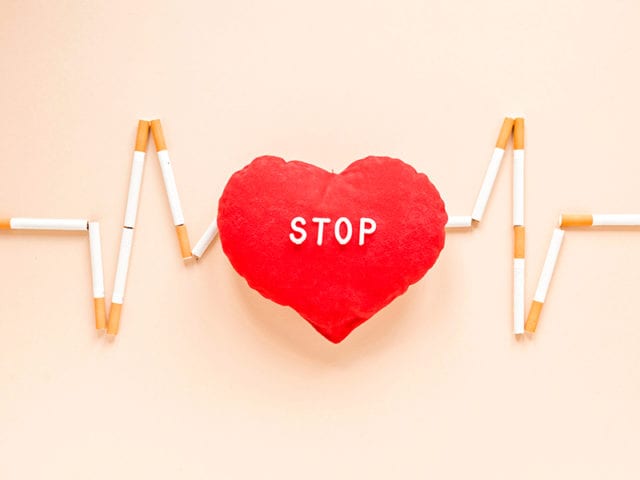
Tobacco contains more than 7,000 harmful chemicals. When a person inhales or consumes tobacco, all organs or systems of the body get affected such as mouth, lungs, heart, brain, stomach and kidneys. Tobacco starts affecting our health immediately after consuming it (smoking/chewing).
Short-term health effects include:
- Fatigue and dizziness
- Dulling in senses of taste and smell
- Cough, increased blood pressure
- Increased heart rate
- Nausea
- Headaches
Long-term health effects include:
- Cancer, including lung cancer
- Cardiovascular disease
- Respiratory illness (Chronic Obstructive Pulmonary Disease/COPD)
Did You Know?
34.6% of adults in India are smokers.
2. How does different tobacco consumption affect us—chewing and smoking?

With both chewing and/or smoking tobacco, the harmful chemicals present in tobacco enter the body and get distributed across all parts of the body.
Chewing tobacco can cause:
- Cancer (mainly oral)
- Gum disease
- Tooth decay
- Tooth loss
Smoking tobacco affects the lungs and causes:
- Lung cancer
- Chronic Obstructive Pulmonary Disease (COPD)
3. What are the effects of tobacco/nicotine on women’s fertility and pregnancy?

Women who smoke have greater risks for conception delay and both primary and secondary infertility. It increases the risk of miscarriage, premature birth, stillbirth, Sudden Infant Death Syndrome (SIDS) and ectopic pregnancy.
4. In what ways does tobacco consumption affect skin and hair?
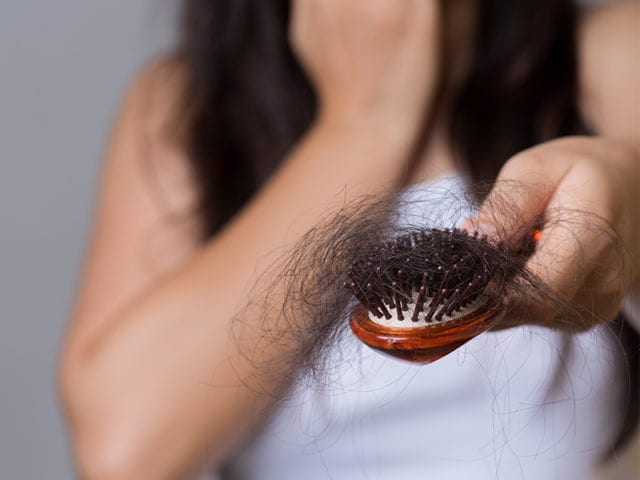
Tobacco consumption can cause:
- Skin cancer
- Delayed wound healing
- Skin ageing
- Contact dermatitis
- Atopic dermatitis
- Psoriasis
- Skin ulcers, and other mucocutaneous diseases
- Hair loss and greying
5. Are there any mental health side-effects for women who use tobacco?
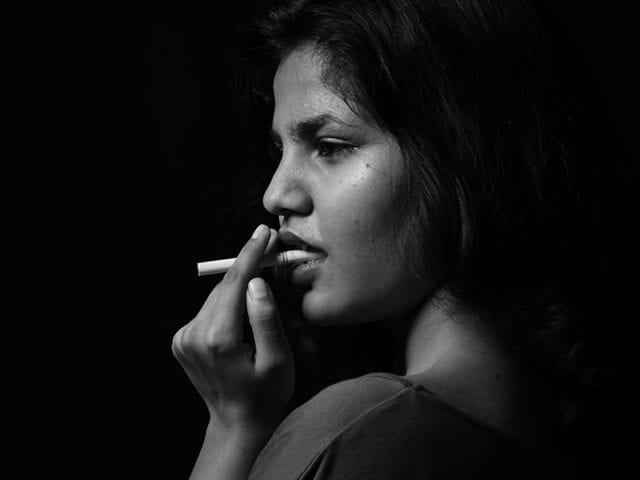
Tobacco can cause stress, anxiety, depression, and impairment in moods. Smoking during pregnancy may affect physical growth, mental development, and behavioural characteristics of children at least up to the age of 11 years.
6. In this pandemic with a virus that attacks our respiratory system, how vulnerable does tobacco/smoking make us to COVID19?
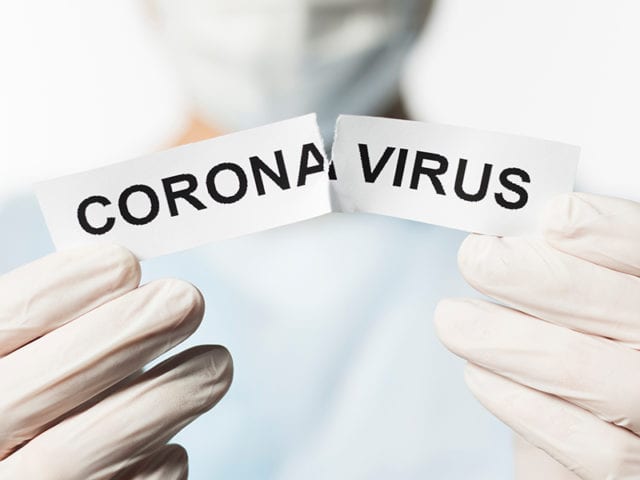
Smoking impairs lung function, making it harder for the body to fight off coronaviruses and other diseases. Tobacco is also a major risk factor for non-communicable diseases like cardiovascular disease, cancer, respiratory disease and diabetes, which put people with these conditions at higher risk for developing severe illness when affected by COVID-19. There is currently insufficient information to confirm any link between tobacco or nicotine in the prevention or treatment of COVID-19
7. How serious is second-hand smoking and what are its adverse effects on women?

Several studies suggest that exposure to second-hand smoke is associated with an increased risk of breast, cervical, lung, nasal sinus and nasopharyngeal cancers. It is also associated with asthma, atherosclerosis, cerebrovascular diseases, coronary heart disease, chronic respiratory symptoms, influenza and pneumonia.
In children, it is associated with reduced lung growth and lung function. It also diminishes a child’s physical and cognitive development.
In women it is linked to:
- Infertility
- Asthma
- Chronic Obstructive Pulmonary Disease (COPD)
And in pregnancy:
- Fetal death
- Stillbirths
- Infant mortality
8. What are some proven methods to deal with tobacco addiction (smoking in particular)?
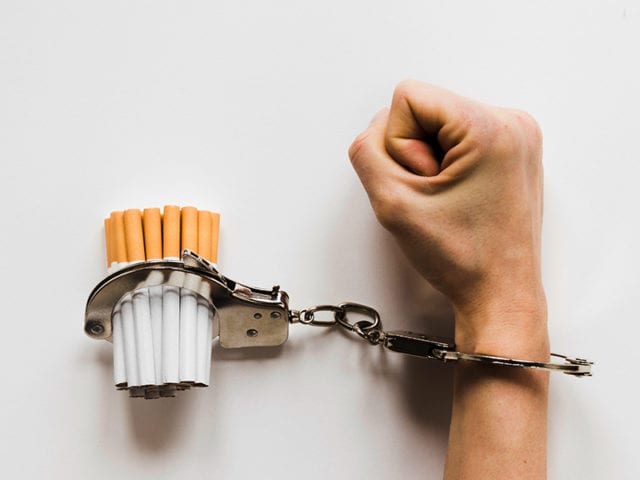
Behavioural counselling (non-pharmacological), in simple terms, is a ‘5A’ step program:
- Ask about smoking
- Advice on the benefits of cessation
- Assess motivation to quit (willingness to quit)
- Assist stop attempt with pharmacological intervention and adapting lifestyle modification such as a healthy diet & active lifestyle
- Arrange regular follow-up to prevent the relapse
Some pharmacological methods (treating with medicine) include:
- First-line Therapies: At present seven first-line treatment agents are available, out of which five are nicotinic-based and two are non-nicotinic.
- Nicotine Replacement Therapy (transdermal patch, gum, nasal spray, inhaler, and lozenge)
- Bupropion
- Varenicline
- Second-line Therapies: Nortriptyline and Clonidine
9. Do alternative treatments help in dealing with tobacco/nicotine addiction?

There are some alternative therapies such as acupuncture, herbs and supplements, hypnosis, and meditation which claim that these could help with smoking cessation. But there is no strong scientific evidence for such claims.
10. What advice would you give to someone who plans on quitting smoking?
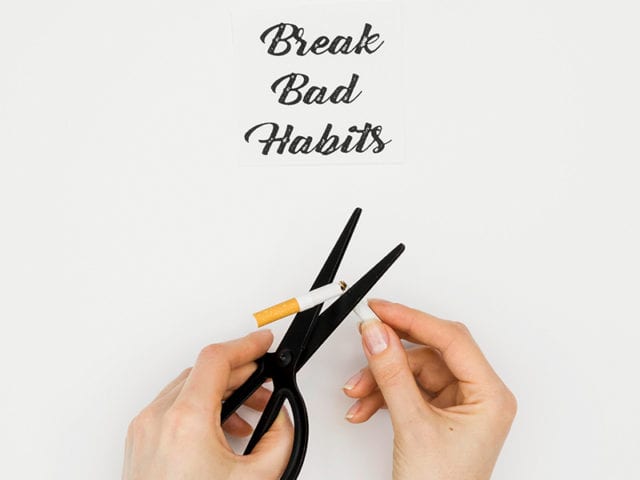
My first advice to a smoker would be to approach a doctor or smoking cessation helpline.
Then, plan a quit date, inform family members and friends for support.
Live a healthy lifestyle: eat good food and go for daily exercise
Try to avoid triggers such as alcohol, tea, or friends who smoke; these may create craving/urge to smoke
If you are really having trouble with withdrawal symptoms and craving issues, then Nicotine Replacement Therapy (nicotine gum, nicotine lozenge, or nicotine patches) may be considered.
Use The Smoking Cessation Helpline (011-22901701) By The Government Of India.

